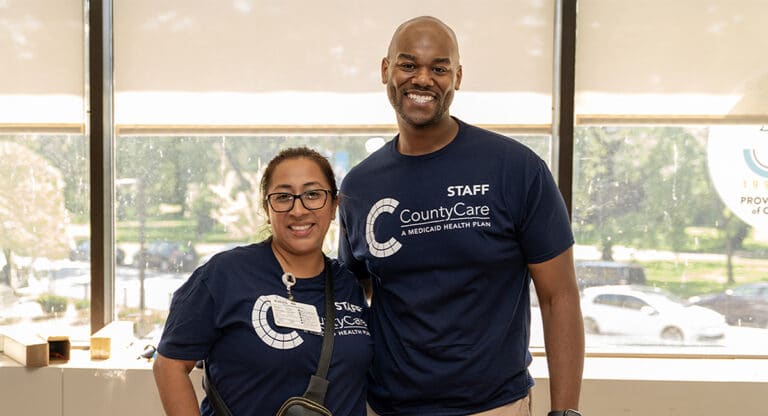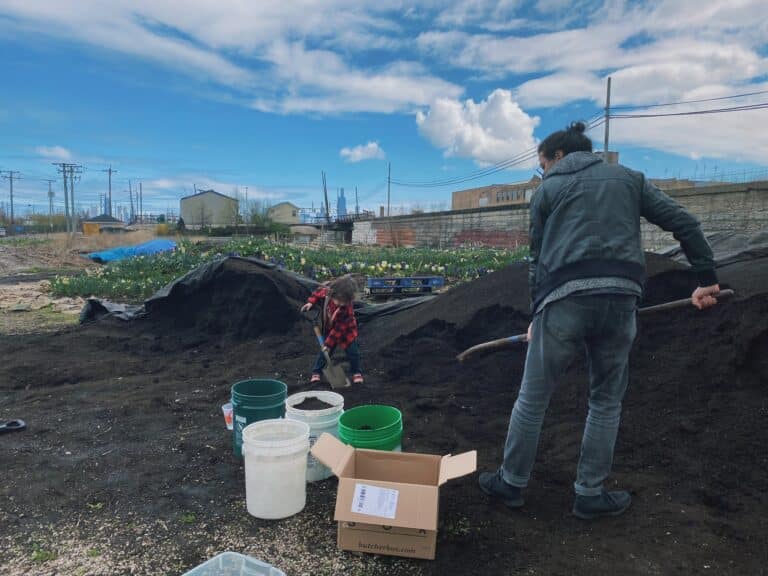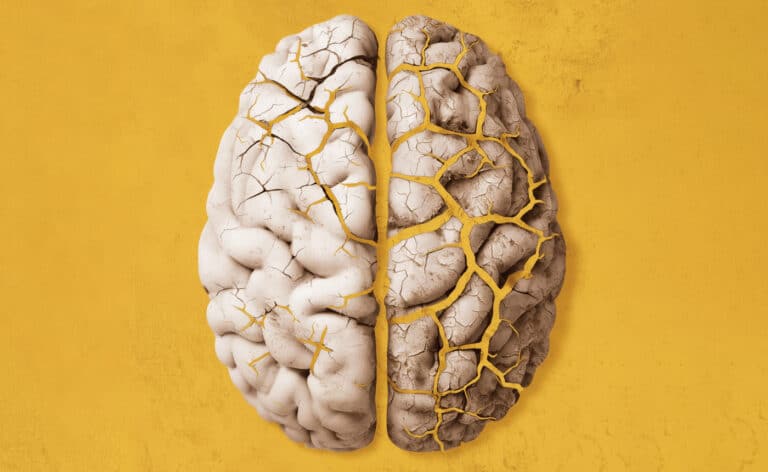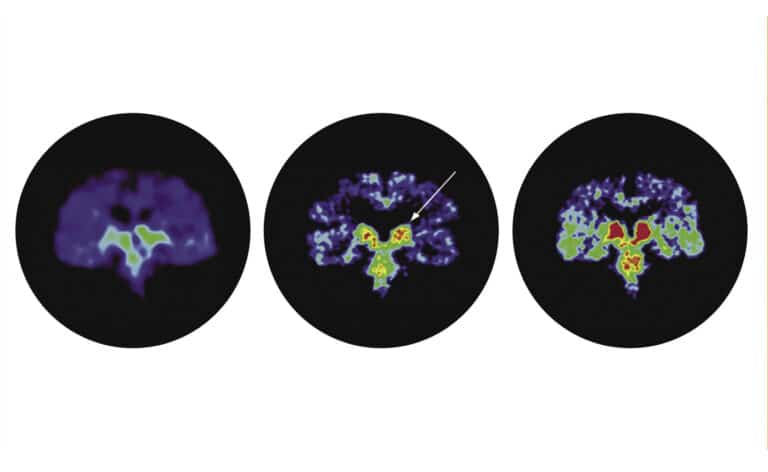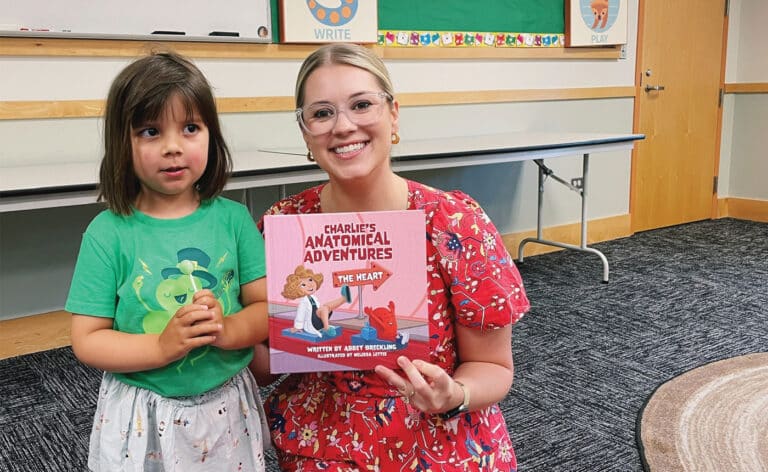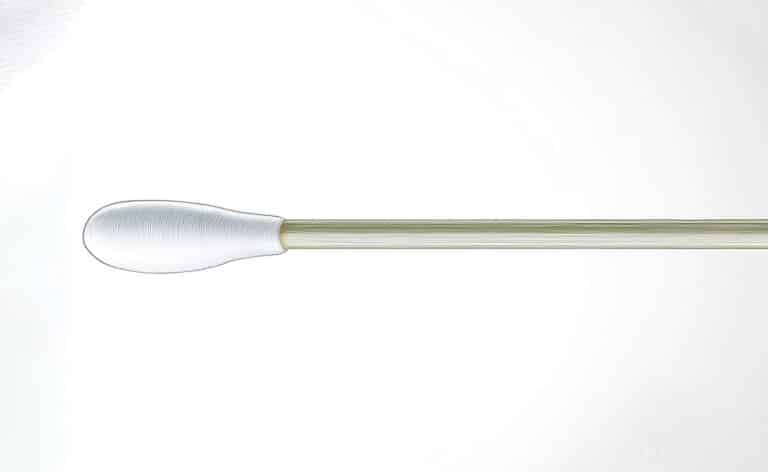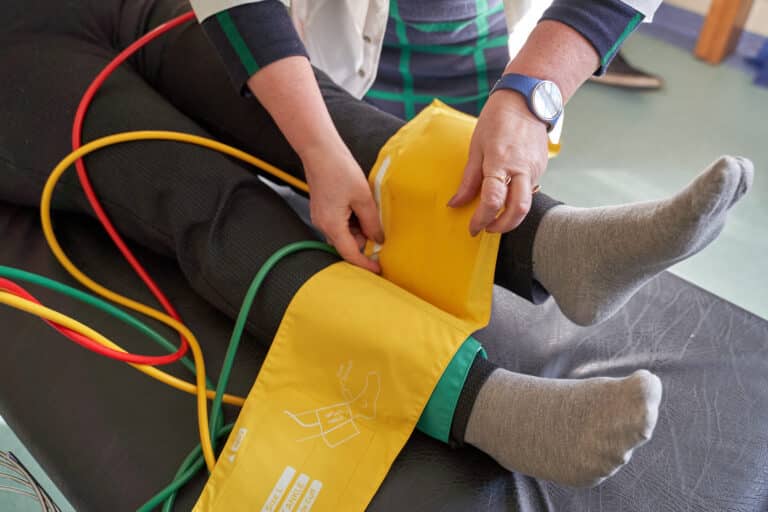Patients with rare diseases grapple with uncertainty amid NIH funding cuts
Milan Afshar sat on an 8 a.m. flight from Chicago to Baltimore in February 2024, twisting his ring as he watched the sunrise through the window. It was a routine medical trip, but his mind swirled with anxiety about his mysterious illness and the uncertainty ahead.
He was participating in a research study — a source of fragile hope. He held on to the words his doctor offered at their last visit: “Hold on to the faith. Hold on to the research.”
That faith was shattered a year later, on Feb. 7, 2025. That day, Afshar read the news that the Trump administration was slashing funds at the National Institutes of Health — a major funder of medical research nationwide, including the small study on his rare disease.
Afshar reached out to his doctors at Johns Hopkins University in Baltimore. They confirmed his worst fears. A message soon arrived via a special portal: The NIH grant had been paused. All experiments had stopped.
“Hearing that news was devastating,” Afshar says. “It made me scared about the future.”
A medical mystery
Afshar’s baffling health journey began in June 2022 during his freshman year at Northwestern University. He started experiencing muscle spasms. His hands lost fluid movement, his muscles twitched uncontrollably, and he often lost balance and fell. A lifelong soccer player from New Canaan, Connecticut, Afshar knew something was wrong.
“Nothing really felt normal,” he says.
A month later, neurologists at Northwestern Medicine diagnosed him with stiff person syndrome (SPS), a progressive neurological disease with no certain cause that affects fewer than 5,000 Americans, according to NIH. Superstar Celine Dion also has the condition.
Afshar underwent nine rounds of immunotherapy and two rounds of chemotherapy to manage his symptoms, but with no improvement. His doctors were at a loss.
Then, in October 2022, Afshar was referred to Scott Newsome, MD, a neurologist at Johns Hopkins and one of the world’s leading specialists in SPS. If anyone could help, it was Newsome.
But after multiple rounds of testing, even Newsome couldn’t pinpoint the root cause. What he did know: Afshar didn’t have classic SPS.
That’s when Afshar’s case became the subject of research. It evolved into an investigation of his brain, body, and genes. Funded by an NIH grant, Newsome’s team pursued the possible genetic causes of Afshar’s condition and developed personalized treatments.
Relying on research
For common diseases like heart disease or diabetes, pharmaceutical companies have clear financial incentives to fund research and drug development. Millions of patients mean billions in potential profits.
For rare diseases, which collectively affect more than 30 million people in the United States, the opposite is true. Each condition affects relatively few people, so there’s little financial return for private industry.
That’s why NIH funding becomes a last, vital hope for both researchers and patients. Historically, federal research dollars have totaled tens of billions across thousands of institutions and 300,000 researchers. NIH-funded studies span everything from Lyme disease to leukemia.
In Afshar’s case, researchers identified a mutation in his DNA that explained his muscle dysfunction. That discovery laid the groundwork for customized immunotherapy, which could eventually help others with similar genetic mutations.
The study’s implications extend far beyond Afshar. It advanced the medical community’s understanding of rare diseases and demonstrated how genomic analysis uncovers causes and guides treatment for conditions once considered unsolvable.
“Any insight into a rare condition — regardless of how small the population — can make a meaningful contribution to our understanding of its cause, progression, natural history, and potential treatment options,” says Baillie McGowan, associate director of policy and research at the EveryLife Foundation for Rare Diseases. Building foundational knowledge, she says, is essential to developing therapies across the entire spectrum of rare diseases.
After the cuts
For people with rare diseases, getting a diagnosis is often the first major hurdle. Of the roughly 7,000 known rare diseases, only about 500 have Food and Drug Administration-approved treatments. Even with a diagnosis, there may not be a known treatment. Afshar’s study aimed to change that.
Between March and mid-June of 2025, NIH cut $3.2 billion in funding, affecting 2,500 research projects nationwide. And in June, a federal judge in Massachusetts ordered the grants reinstated and called the cuts “bereft of reasoning.” However, only the 16 states that joined the lawsuit (Arizona, California, Colorado, Delaware, Hawaii, Maryland, Massachusetts, Minnesota, Nevada, New Jersey, New Mexico, New York, Oregon, Rhode Island, Washington and Wisconsin) would see some of their funding restored. Newsome’s study on Afshar was not among them.
Without NIH support, Newsome had to drop Afshar as a patient. Experimental tests and clinical treatments not covered by insurance came to a halt. Afshar began a frantic search for a new medical team.
He was shocked when one doctor told him his case was “too complex to deal with” — the first time a physician had turned him away.
Afshar says he understands why doctors prioritize cancer and other widespread diseases, but he still felt neglected and alone. “It just leaves people like me, who don’t have one of the more common diseases, left out in the dust to dry,” he says.
The experience challenged Afshar’s long-held belief in the doctor-patient relationship. “The role of doctors and patients is reversed,” he says. “The responsibility lies on me to find someone who’s willing to go out of their way.”
The loss of research — the cornerstone of Afshar’s hope — has taken a toll. Afshar’s mother, Kirsty Bennett, says she’s noticed subtle changes in her son’s mood. When she told him they would visit a new doctor at the University of Rochester in May 2025, his reaction was weary and resigned.

“He asked me, ‘Mom, what am I going there for? We’ve seen all these specialists. We fly there. No one knows anything. How many more tests am I going to have?’” Bennett says.
Afshar rarely complains, but admits that his symptoms have worsened since his treatments stopped. Now a journalism student at Northwestern, he continues to exercise daily, maintain his studies, and strengthen his friendships.
Afshar’s intermittent spasms sometimes cause him to fall without warning during soccer practice. The condition has intensified over time. Still, he never leaves the field. He waits on the sidelines and returns to play once his body calms down.
He has embraced the ancient philosophy of Stoicism, tattooing the phrase amor fati — meaning “love of fate” — on his chest as a personal mantra.
“I don’t want to live an easy, complacent life,” Afshar says. “I’ve seen the hardships not only as an opportunity, but a gift — a gift that not many people my age get the chance to experience.”

Shirley Liu is a freelance writer specializing in education reporting. She began writing in high school and has always believed in the transformative power of storytelling. That belief drew her to journalism, where she aims to tell critical and personal stories.





